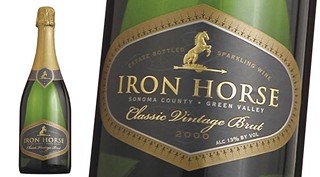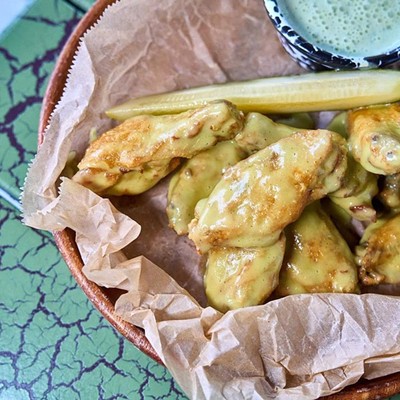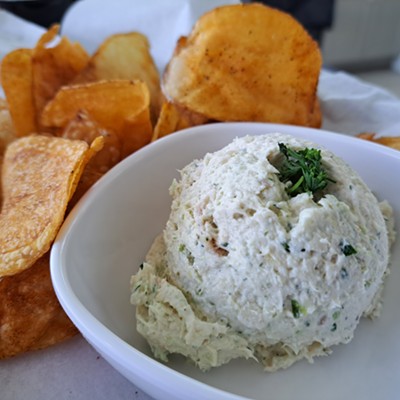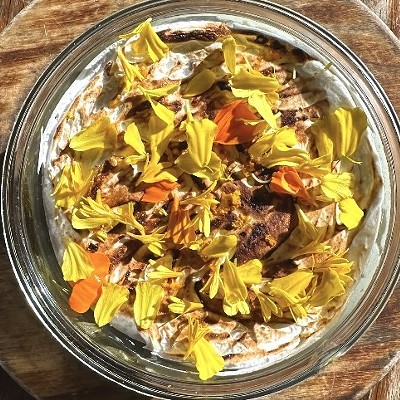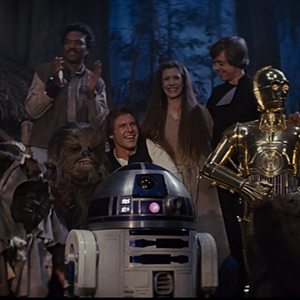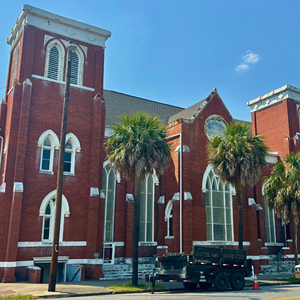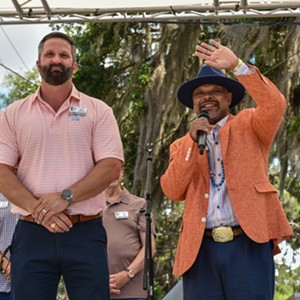I think a little New Year’s Eve housekeeping is in order. New Year’s Eve? Heck yes, it’s time to start shopping for just the right champagne or sparkling wine to ring in the second decade of the 21st century!
First, some geek–speak. Champagnes are made in the Champagne region of France; sparkling wine is the name given to U.S.–made bubbly wines that, while many are made using the traditional methode champenoise, can’t be called Champagne.
Sparkling wines don’t have to be sweet and tart cheapies. In fact, look for these words on the label of your bubbly:
Brut: This means the contents of the bottle are low in sugar –– the less sweet option.
Sec: Middle of the road sweetness.
Demi–Sec: One stop below the sweetness designation of Doux.
Armed with these basics, seek out a knowledgeable retail wine merchant. When I’m scouring the bush for an extraordinary Champagne, I call on Christian Depken at LeChai. His Francophile leanings ensure solid knowledge and an ample inventory of exquisite, affordable Champagnes.
First up, a pair of Champagnes suggested by a recent showing of bubblies by Depken.
Gaston Chiquet Brut NV “Tradition”: Delicious and strongly effervescent flavors offer great depth and intensity. At this level, the Champagne is remarkably tight, it can use some aeration before full floral scents emerge –– and I enjoyed the bright finish brought on by a touch of minerality.
Pierre Peters Brut Grand Cru “Cuvee de Reserve”: The stunning complexity of this Champagne results from it being crafted using a kind of modified “solera” (Over simplified, this is the process of adding vintage on top of vintage in a single tank). The wine is two–thirds 2005 juice and one–third reserve wines spanning 15 different vintages with an unusual and imaginative combination of grapes: Mesnil, Oger, Cramant, Avise and Chouilly.
Expect a beautifully crisp experience punctuated by lively citrus flavors, hints of floral notes and a mineral–laced finish.
Back in the States, I have two solid recommendations.
I had the good fortune of dining recently with Iron Horse winery CEO Joy Sterling. We sampled the very popular Iron Horse Wedding Cuvee sparkling wine –– but I was taken by the Russian Cuvee.
It’s the sparkling wine that ended the Cold War, Sterling says. This Sonoma County wine was served at the Reagan–Gorbachev summit in 1987 and has been served in every White House since.
Basically, it’s the winery’s base Brut with added sugar, which Sterling says adds depth — not overt sweetness.
This classic blend of two–thirds Pinot Noir and one–third Chardonnay fills the mouth with suggestions of apple — and then finishes with bright citrus notes of Meyer Lemon. Chef Patrick McNamara served this with a vanilla and caramel driven dessert — I would love to sample it with foie gras.
For a sweetie, reach for Gruet Demi–Sec. Crafted near Albuquerque, in a vineyard with one of America’s highest elevations, this is the sweet sparkling wine that does double duty as a dessert wine. Expect full, exotic fruit flavors, a creamy mouth–feel and great acidity.
The Gruet family makes Champagnes, too. This North American division represents adherence to all the tradition and emphasis on quality honed in France.

